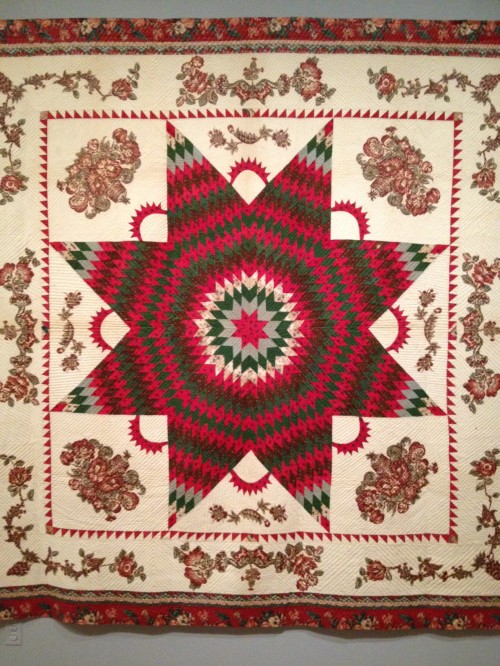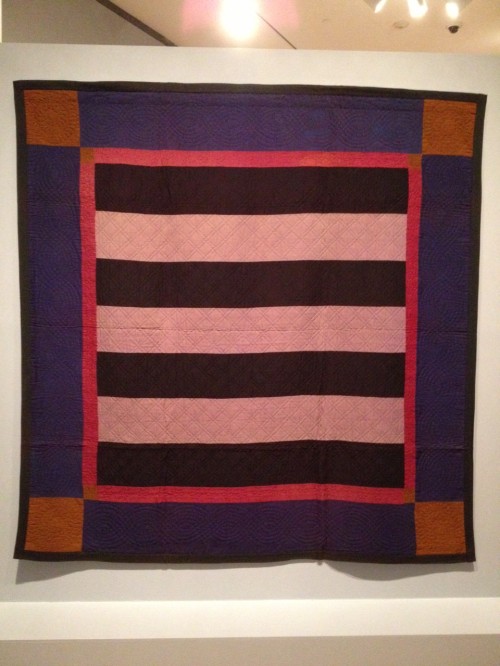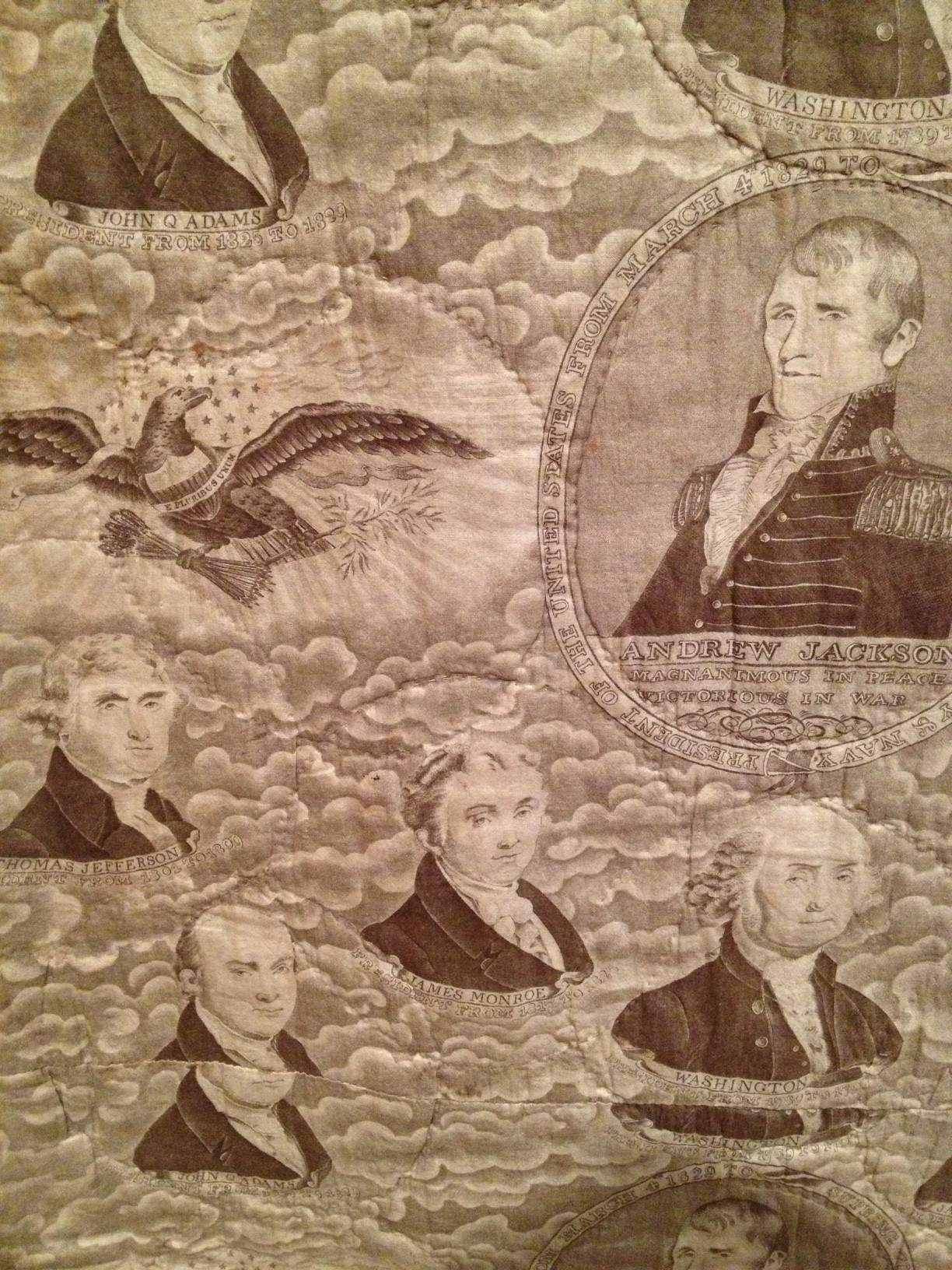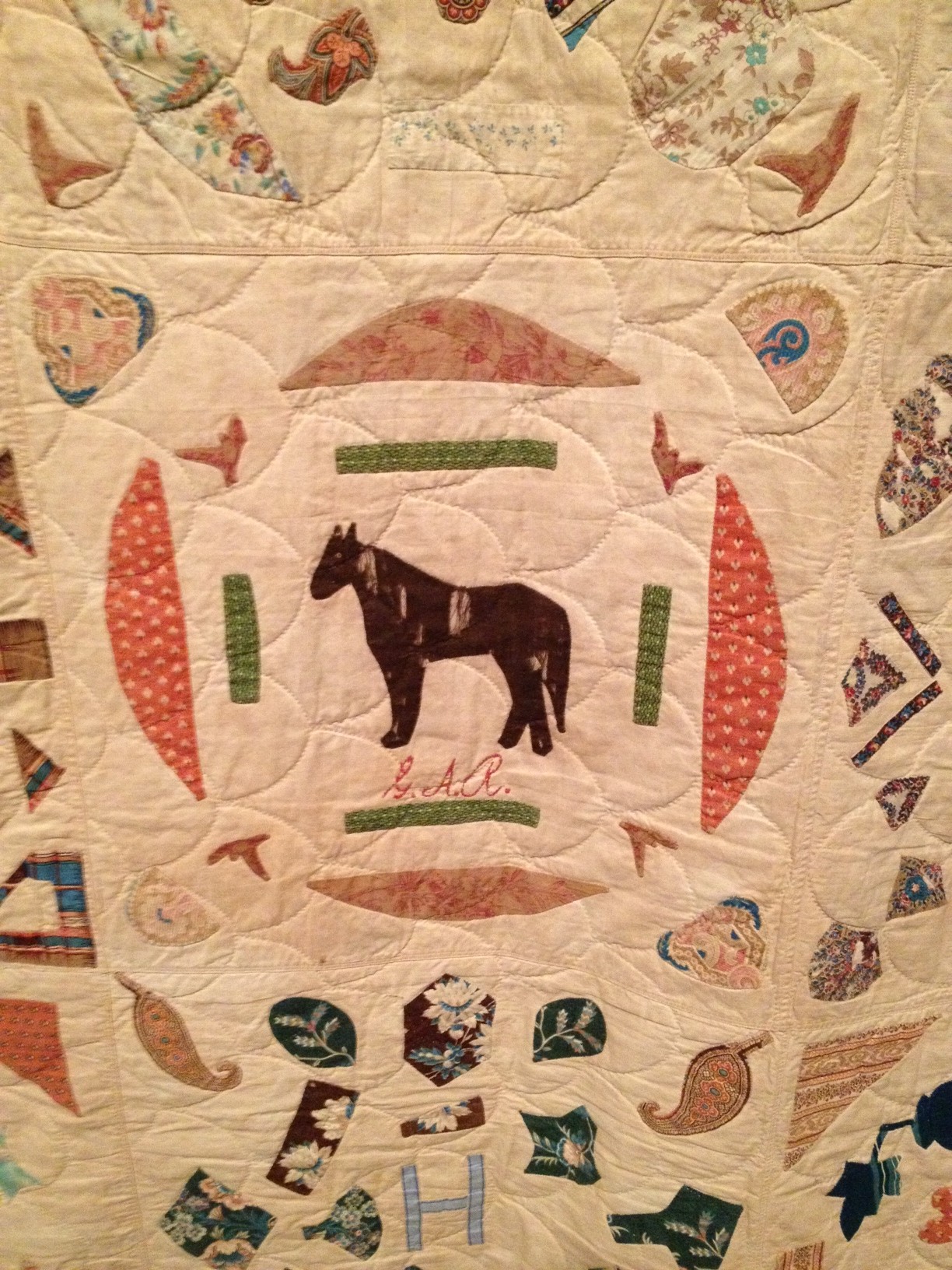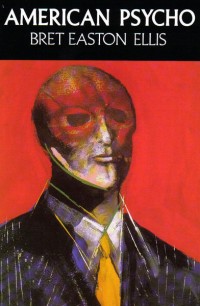 American Psycho
American Psycho
by Bret Easton Ellis
Vintage Books, 1991
416 pages / $15.95 Buy from Powell’s or Amazon
1. A few weeks ago, I took a break from holing up inside my apartment and writing my thesis to walk to Powell’s Books here in Chicago. I mostly just wanted to get outside for a minute, but I ended up walking around the bookstore for an hour. I first grabbed Bret Easton Ellis’s American Psycho and a John Cheever story collection, then decided I didn’t want the Cheever but accidentally put the Ellis back instead. In retrospect, this seems like an unheeded signal from the Book Gods of the universe not to read American Psycho.
2. Bret Easton Ellis has been on my mind twice recently: (1) his Twitter rant about David Foster Wallace where he called the writer “the most tedious, overrated, tortured, pretentious writer of my generation” and “a fraud” (2) his tweet about Tao Lin’s upcoming novel Taipei: “With ‘Taipei’ Tao Lin becomes the most interesting prose stylist of his generation, which doesn’t mean that ‘Taipei’ isn’t a boring novel…”
(I guess what I really had on my mind, then, was Bret Easton Ellis’s Twitter account). So I connected “master prose stylist” and Bret Easton Ellis in my head. After reading the book, I stand by that statement.
3. The place where I felt creepiest while reading American Psycho was eating alone at a diner. It had eerie resonances with the scene in Sandman: Preludes and Nocturnes where John Dee enters a diner and whips all the customers into a crazed frenzy, causing them all to kill one another within 24 hours. Like American Psycho, there’s flesh mutilation and cannibalism in this Sandman scene. Luckily, the worst damage to me that night was my friend blowing me off (hence, the eating alone).
4. My cover has these almost delicate ribbons of what is presumably blood, but it’s light red, shading off into pink at parts, and doesn’t blood darken when it dries? It could just as well be wisps of smoke…red smoke…and this could just as well be a novel about drugs, which play no small part in the book.
5. A Time Out blurb on the back proclaims that American Psycho “examines the mindless preoccupations of the nineties preppy generation.” It was first published in 1991, though, so I guess that makes the book a harbinger of the decade that was to follow. Another blurb calls American Psycho a “satire in which the hedonistic, coke-fueled consumerism of the Eighties was taken to its brutal conclusion.” Q: is this a novel of its time, tied closely to the period in which it was written and set? Will we be reading American Psycho differently, or at all, in 50 years?
6. There’s plenty here to date the story, mostly technology-wise—videotapes, compact disc players, no cell phones—but what keeps signifying “90s” to me is the pervasiveness of cocaine. There’s a lot of coke here, people using it, people trying to get it. At one point, main character Patrick Bateman’s credit card snaps in half from being constantly used to do the drug.
7. Basic plot: American Psycho is about a closet psychopath, the moneyed Wall Street banker Patrick Bateman, following him around Manhattan as he violently tortures and murders various individuals. Many of his victims are women, some men; lots are existing acquaintances of his, some are unknown parties—homeless people, delivery boys, and prostitutes—and some are animals. Bateman displays a particular (and racialized) cruelty towards beggars, hitting them with the familiar “get a job” lines and dangling dollar bills in their grasp then snatching them away. For Chrissakes, one of his victims is a 5-year old child at the zoo.
8. American Psycho was turned into a movie in 2000, directed by Mary Harron and starring Christian Bale, Chloe Sevigny, Reese Witherspoon, Jared Leto, and Willem Defoe. I have not seen the movie. Of the friends I’ve told that I’m reading this book, most have seen the movie and about half have read the book. I keep getting it confused in my head with the movie American Beauty (1999), which also portrays murder, but only a single one.
9. I think I’ve twice had to tell people that this is my first Bret Easton Ellis book, which makes me feel like a poorly-read cretin.
10. Bateman meticulously reports on the dress of most every male and female character and stranger he encounters, along with his own attire at every turn. Like, there are just a lot of brand names, proper nouns, in this book. Sample line: “Price is wearing a six-button wool and silk suit by Ermenegildo Zegna, a cotton shirt with French cuffs by Ike Behar, a Ralph Lauren silk tie and leather wing tips by Fratelli Rossetti.” Ad nauseum, every other page. There are also numerous discussions among the characters over the niceties of dressing well: the proper color socks and belt to wear with a gray suit, what kind of tie knot to wear with a rounded collar, the rules for sporting pocket squares, and so on and so forth. At one point, referring to a fellow diner, Bateman asks Evelyn “Hasn’t it occurred to him that his suit might inspire loathing?” READ MORE >



 American Psycho
American Psycho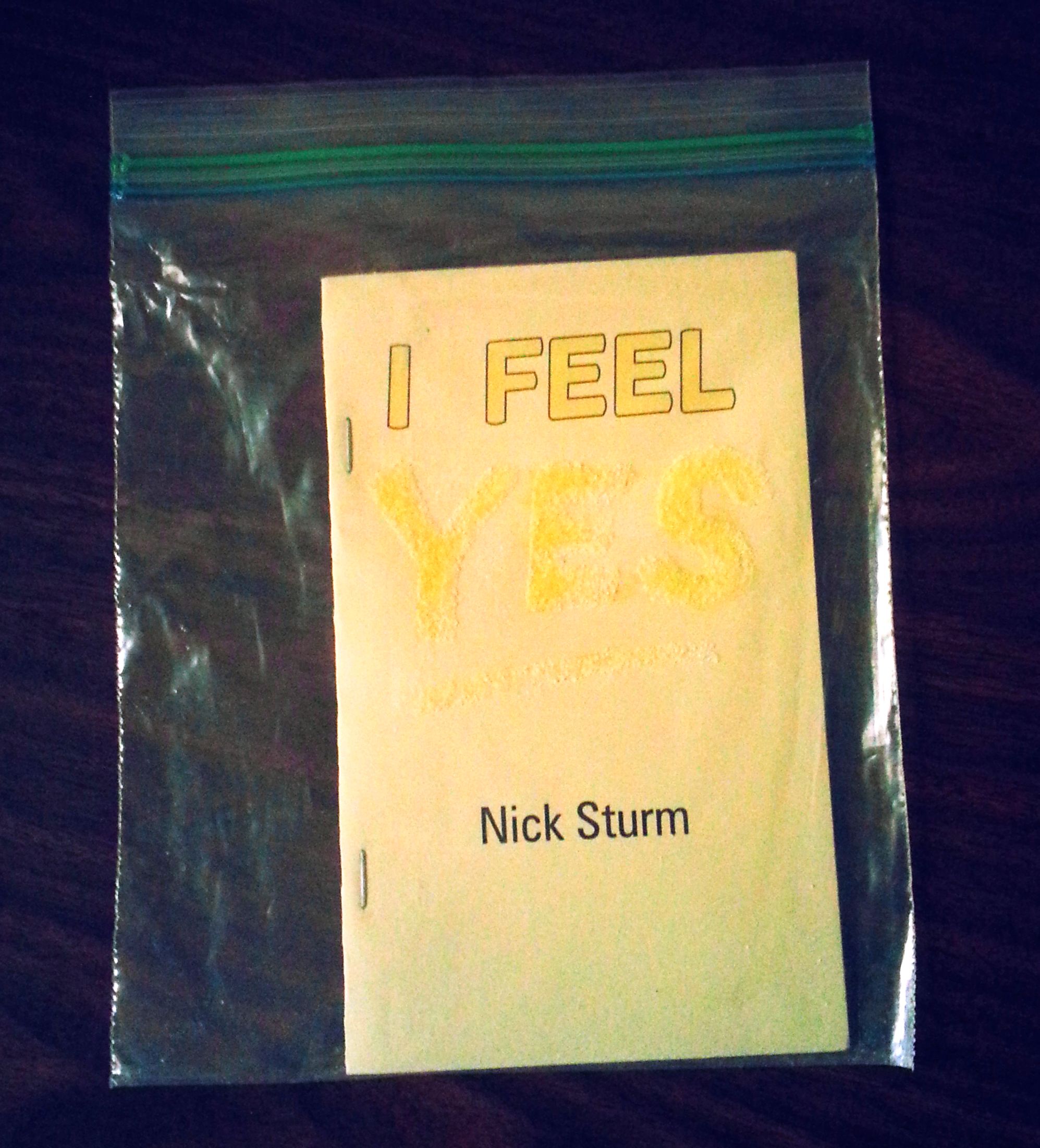
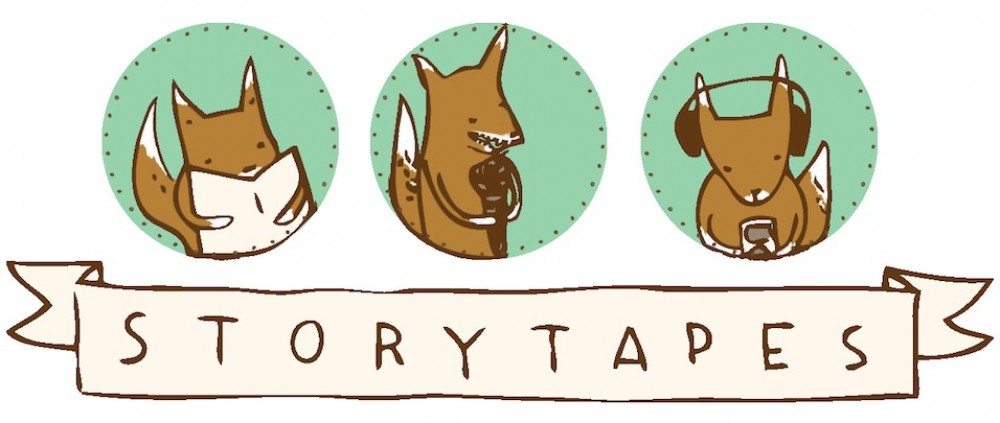 Hey, have y’all seen and heard this
Hey, have y’all seen and heard this 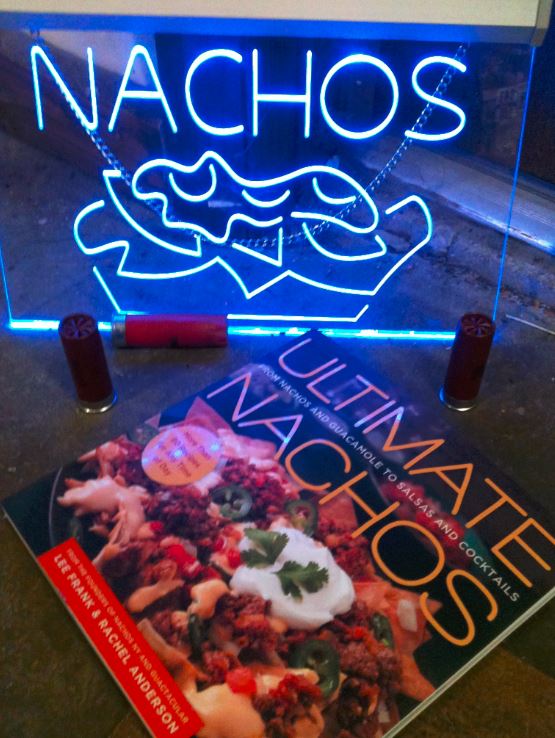
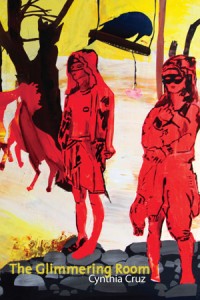 The Glimmering Room
The Glimmering Room